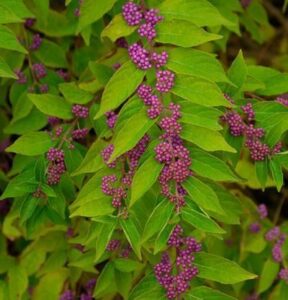Flock to Backyard Birding
go.ncsu.edu/readext?824300
en Español / em Português
El inglés es el idioma de control de esta página. En la medida en que haya algún conflicto entre la traducción al inglés y la traducción, el inglés prevalece.
Al hacer clic en el enlace de traducción se activa un servicio de traducción gratuito para convertir la página al español. Al igual que con cualquier traducción por Internet, la conversión no es sensible al contexto y puede que no traduzca el texto en su significado original. NC State Extension no garantiza la exactitud del texto traducido. Por favor, tenga en cuenta que algunas aplicaciones y/o servicios pueden no funcionar como se espera cuando se traducen.
Português
Inglês é o idioma de controle desta página. Na medida que haja algum conflito entre o texto original em Inglês e a tradução, o Inglês prevalece.
Ao clicar no link de tradução, um serviço gratuito de tradução será ativado para converter a página para o Português. Como em qualquer tradução pela internet, a conversão não é sensivel ao contexto e pode não ocorrer a tradução para o significado orginal. O serviço de Extensão da Carolina do Norte (NC State Extension) não garante a exatidão do texto traduzido. Por favor, observe que algumas funções ou serviços podem não funcionar como esperado após a tradução.
English
English is the controlling language of this page. To the extent there is any conflict between the English text and the translation, English controls.
Clicking on the translation link activates a free translation service to convert the page to Spanish. As with any Internet translation, the conversion is not context-sensitive and may not translate the text to its original meaning. NC State Extension does not guarantee the accuracy of the translated text. Please note that some applications and/or services may not function as expected when translated.
Collapse ▲With more and more people choosing the outdoors to spend their time, birdwatching has soared to a new favorite hobby in WNC. Many of those backyard birders are finding ways to attract their feathered friends into their home landscapes rather than going out to find them remotely. For some, it means reducing the size of their lawns and opting for more naturalized garden areas. By using these areas to create tiers of vegetation from grasses and shrubs to trees and by planting native plants, native birds are sure to follow. Other appealing aviary tactics include using dense shrubs, like Itea and Callicarpa to create favorable habitats for shelter. This haven can also be produced by keeping some brush piles and leaf litter.
For food in the summer provide plants with nectar and fruits. Blueberries, raspberries, and blackberries, as well as perennials like phlox, monarda, and salvias, provide for a sweet summer treat. For a fall and winter food source, provide plants that produce seeds, berries, and nuts. Elderberry, Serviceberry, Staghorn sumac, and Dogwoods will satisfy those birds looking to put on extra calories for the upcoming winter. Pyracanthas will be a favorite meal for cedar waxwings in winter. Other winter berry-producing plants are Hawthorns, Winterberry hollies, and chokeberries, which provide sustenance in the months that insects, worms, and grubs are non-existent. Remember to keep your ornamental grasses overwinter before cutting them back and have some freshwater sources.
So get out your binoculars and let your inner ornithologist soar.






